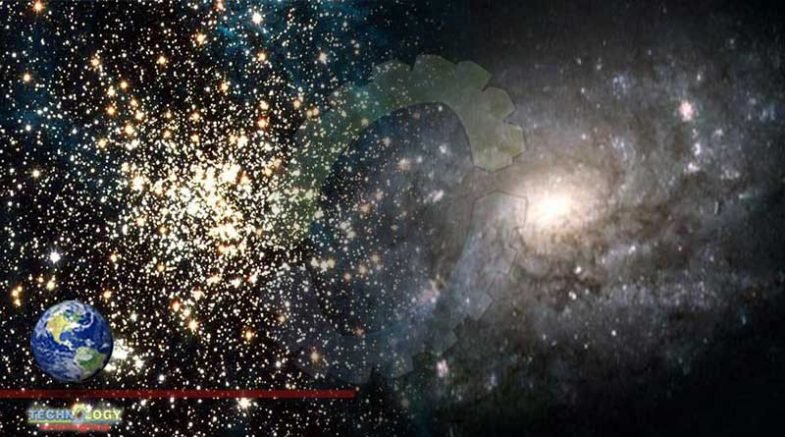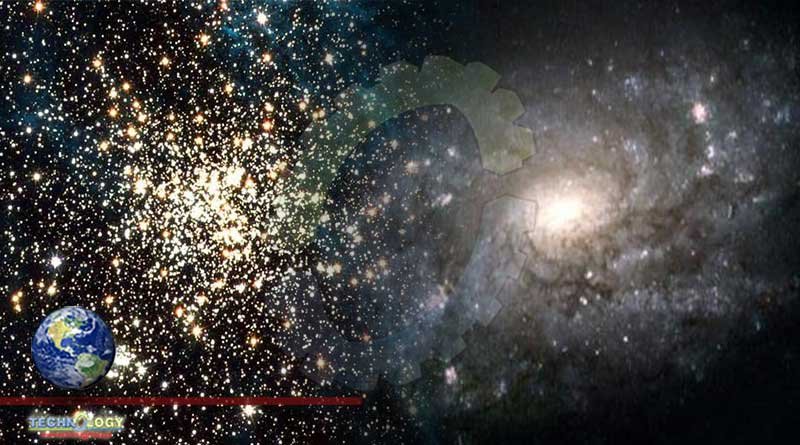The collision between the Milky Way and the Kraken galaxy may have been the largest and oldest galactic collision in the Milky Way’s history.

In a recent study, researchers said that the collision between our galaxy — the Milky Way — and the Kraken galaxy may have been the largest and oldest galactic collision in the Milky Way’s history. This merger had happened around 11 billion years ago.
In a recent study focused on understanding the family tree of our galaxy — the Milky way — scientists claimed to have found the evidence of five large-scale galactic mergers (or collision between other galaxies and the Milky Way), dating back over 10 billion years. This included one collision with a mysterious galaxy that was never known ro scientists.
Researchers revealed that a so-called Kraken galaxy had collided with Milky Way around 11 billion years ago. A study author even said that it “must have been the most significant merger the Milky Way ever experienced”.
“The collision with Kraken must have been the most significant merger the Milky Way ever experienced,” lead study author Diederik Kruijssen and an astronomer at the University of Heidelberg in Germany, was quoted by Sapce.com as saying.
“The merger with Kraken took place 11 billion years ago, when the Milky Way was four times less massive [than today]. As a result, the collision must have truly transformed what the Milky Way looked like at the time,” Kruijssen said.
The findings were published this October in the journal Monthly Notices of the Royal Astronomical Society.
A report in the Space.com said that the Milky Way has over 100 billion stars. The Milky Way collided with a neighbouring galaxy at least a dozen times over the last 12 billion years. In the process, it swallowing up the neighbour’s stars, mixing them into an “ever-growing stew of pilfered suns”.
With each merger, the shape, size and motion of Milky Way changed forever, eventually taking the form of the iconic spiral that we recognise today.
ADVERTISEMENT
In the new study, researchers used “artificial intelligence (AI) to match distinct clusters of stars by their ages, motions and chemical compositions”.
During the course, they found evidence of five large-scale galactic mergers –each involving 100 million stars or more. Thus leading to the discovery of the mysterious galaxy called Kraken.
The findings have not only helped scientists fill in the “Milky Way’s mysterious family tree, but could also help astronomers piece together what our galaxy looked like in its earliest days,” the report quoted study authors as saying.
“The merger was a beast,” but “just a piece of the puzzle”.
Researchers said that the Kraken may have been the largest and oldest galactic collision in the Milky Way’s history.
The collision with Kraken occurred when the Milky Way was only a fraction of its current size. “It may have added to our galaxy 13 globular clusters that are still identifiable today,” the report said.
However, the mystery behind the galaxy formation is strewn with collisions like these. It’s likely that many more small-scale mergers also contributed to the Milky Way we know today.
Astronomers suspect that at least 15 other mergers may be lurking in our galaxy’s past — each involving 10 million stars or more. “Their remnants are just waiting to be found in our galaxy’s globular guts,” the report said.
Originally published at India Today
